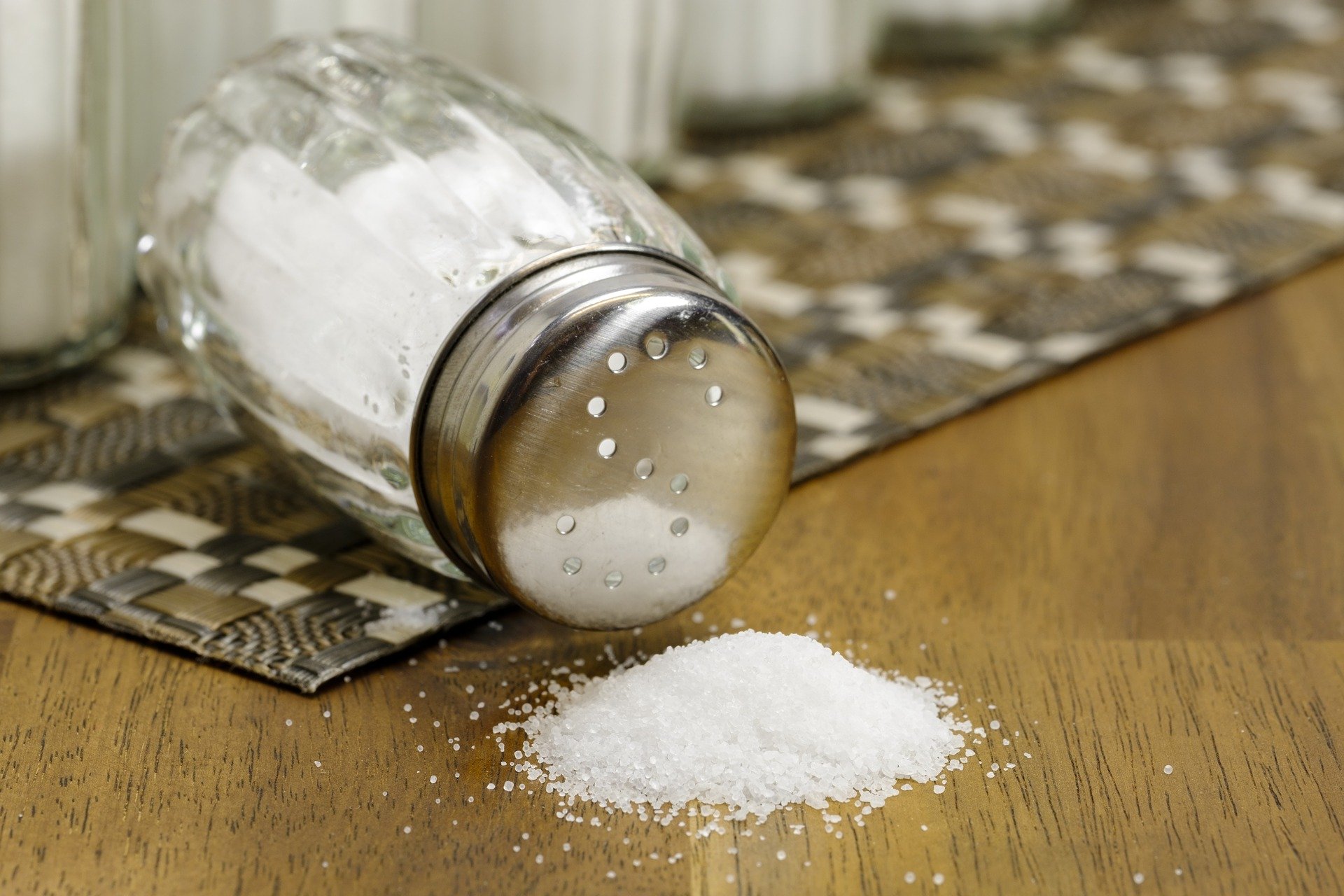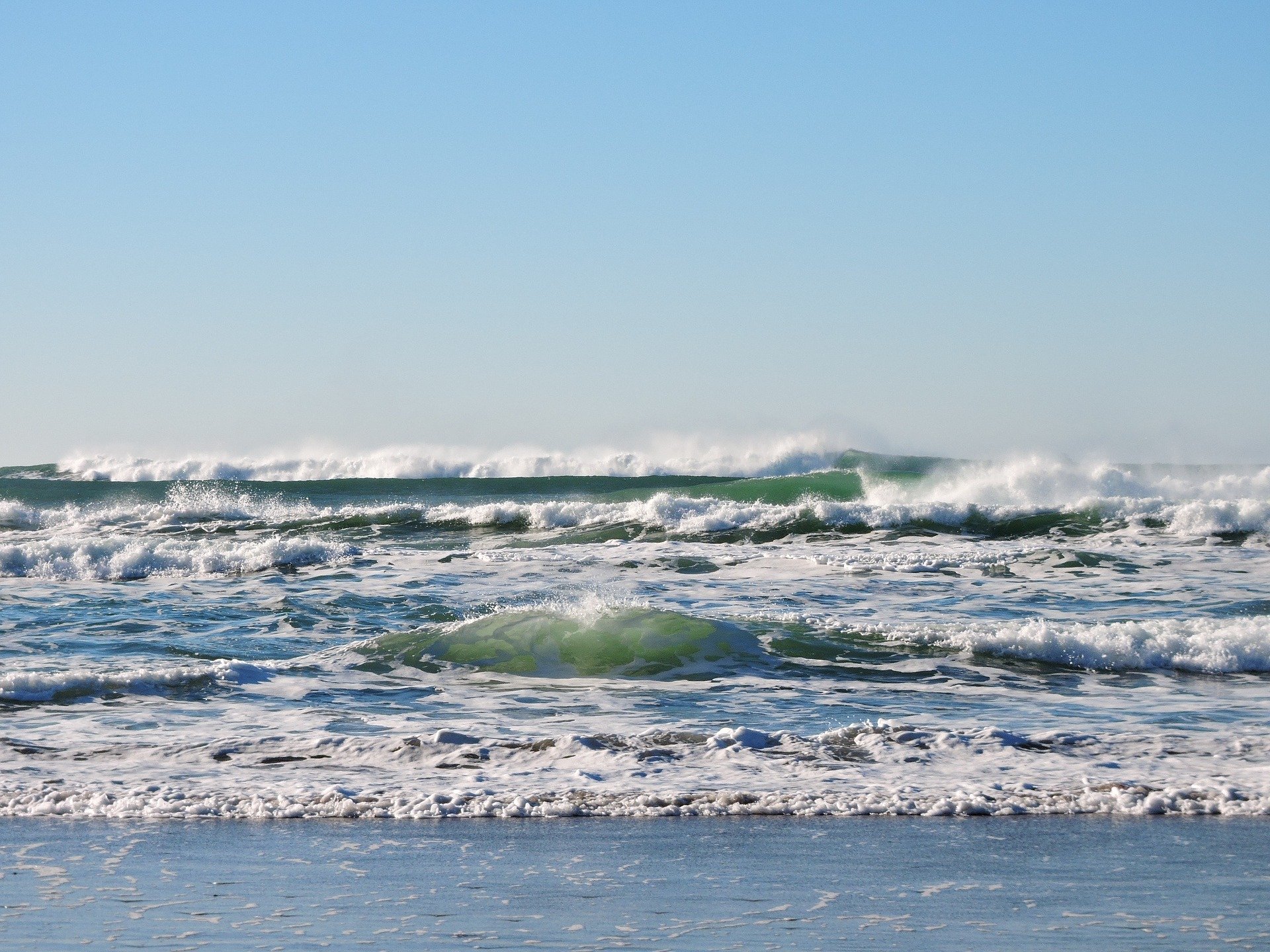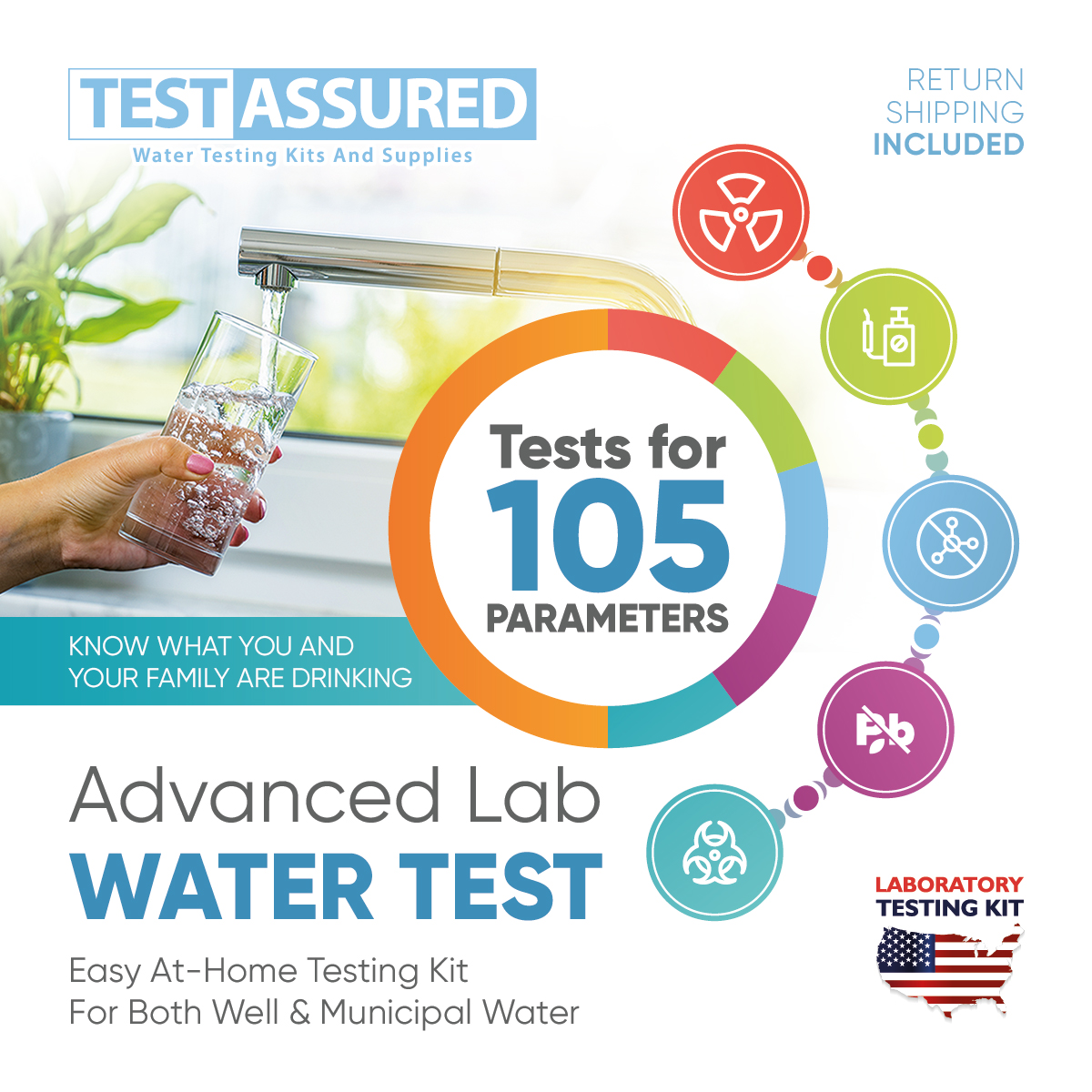Have you ever taken a sip of water, expecting no real flavor, only to realize your water tastes salty? Water with a salty aftertaste is not uncommon. This salty flavor could be the result of chloride ions or sulfates that are present in your water supply.

What Are Chloride Ions?
Chloride is one of the elements of sodium chloride, which is more commonly known as table salt or rock salt. When these salts dissolve in water, the ions separate. Chloride ions in your water may be a result of industrial waste that was not disposed of properly. Irrigation drainage can contain detergents, soaps, and other cleaning products that contain chloride. As these chemicals seep into the soil, the ions separate and work their way into water sources.
If you live in a coastal area, sometimes the seawater can contribute to the salty flavor of the water. In these areas, if the demands for water are too great, there is the potential for saltwater from the ocean to enter the aquifer and contaminate the water source.

Not only do chloride ions, add an unpleasant salty taste to the water, but they can also create additional problems. The chloride ions are prone to corroding pipes and discoloring stainless steel sinks and taps.
The EPA considers chloride secondary contaminant because it does not pose a health threat. The maximum contaminant level for chloride is 250 mg/L for chloride, which would prevent most aesthetic effects.
What Are Sulfates?
Sulfates are the salts that are created when sulfuric acid reacts with other chemicals. Sulfates are commonly used in household personal care and cleaning products like shampoos and detergents to create lather.
The most common sulfates could be responsible for creating a salty flavor in your water are magnesium sulfate and sodium sulfate. These sulfates are naturally found in the soil and rocks. As rainwater and groundwater seep through the soil, it picks up the sulfates and carries them into the local water source.
Manmade sulfates can also find their way into water supplies. In the winter, sulfates from road salt runoff may be picked up by melting snow and rain and carried to reservoirs. Sulfates can also be introduced into water sources during the breakdown of shale, sulfide ores, and other industrial wastes.
While sulfates are not known to cause serious health concerns, they can have a laxative effect if found in high levels in your drinking water. Diarrhea can be caused when sulfate levels rise above 500 mg/L. The EPA considers sulfates a secondary contaminant and have set the allowable level at 250 mg/L to prevent unpleasant taste effects and laxative.
Fixing Salty Tasting Water
While salty flavored water doesn’t necessarily cause and serious health concerns, it certainly isn’t refreshing. One of the easiest ways to combat salty flavored water is to invest in a water filtration system. If you are concerned about the effect salty water is having on your plumbing and water-using appliances, you may want to invest in a whole-house water filtration solution. If you are only concerned about your drinking water, a simple faucet-mounted filter or pitcher filtration system can easily improve the taste. Another option is a reverse osmosis system, which will remove most contaminants from your water, including the chloride ions and sulfates that are causing the bad taste.
Another consideration when trying to fix salty-tasting water is water softeners. If you use a sodium-based water softener to combat hard water, your system could be damaged or malfunctioning. Sometimes its as simple as adjusting the settings to reduce the amount of salt released into your water. Another alternative is to switch to a switch to a salt-free softening system that removes hard water particles without the use of salts.
Test Your Water
Chloride ions and sulfates are just two of the 300 plus known contaminants that can be found in water supplies across the U.S. TestAssured makes a variety of tests to make your home water testing process easy. Testing your water is the best way to determine the cause of a bad taste so that you can go back to enjoying a refreshing glass of water.

